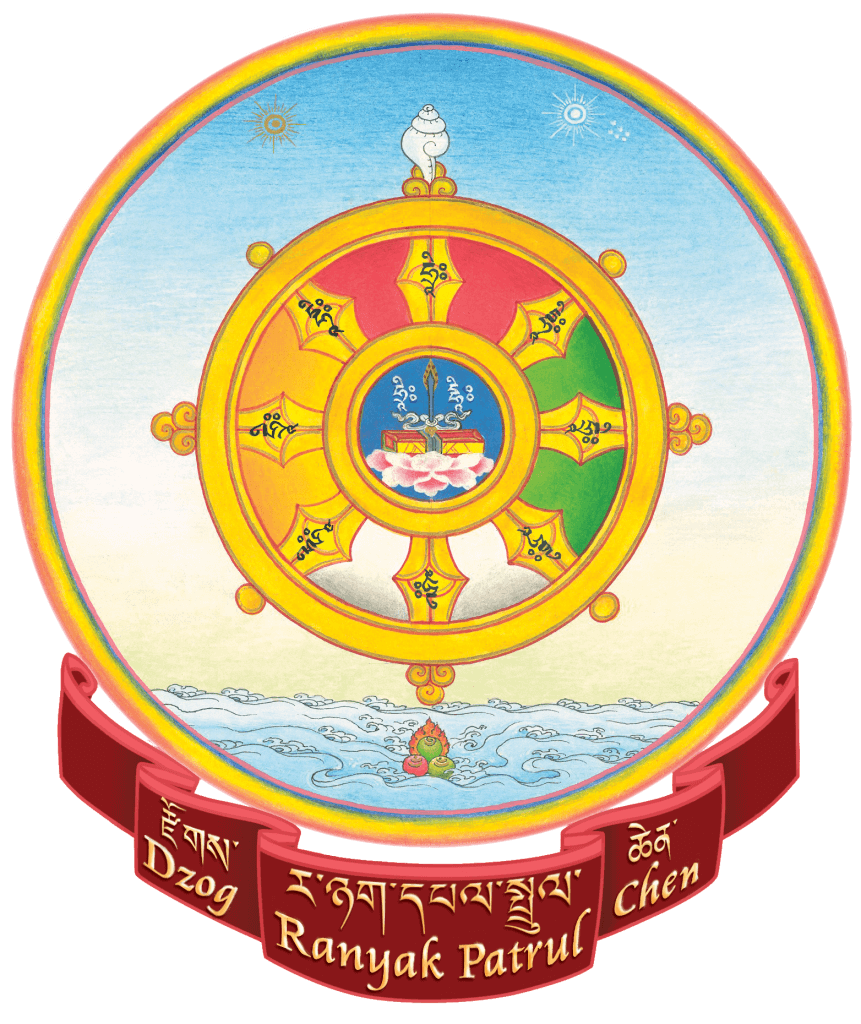
Lopön Tsering Gönpo
Lopön Tsering Gönpo was born in Amdo, in the north-east of Tibet, in 1967, into a nomadic family. He is the third child of Chödrak, his father, and Lhachamyak, his mother. He has five brothers and two sisters. His father was a Dharma practitioner and an attendant of Dzorgye Lama Rinpoche, a famous teacher of his region. When Lopön Tsering Gönpo was approximately seven years old, he started studying different aspects of sadhana practices (liturgies) according to the practice tradition of his area. He learned how to be umze (chant master) from his father and how to follow the liturgy texts and prepare tormas from one of his father’s classmates.
Every year, he took part in 3 or 7-days intensive recitation practices with a group of lay practitioners of his area.
When he was 13, he and one of his cousins got invited to Samye monastery for a few days. At that time, he received the vows of novice monk in front of the main statue of the Samye temple.
When he was 14 years old, Tulku Drukpa Rinpoche from Dzogchen monastery visited the area. During this visit he insistently told Lopön Tsering Gönpo and his cousin that they should come to Dzogchen to study at the university. This was a wonderful opportunity to study more deeply the Buddha’s teachings, and they very happily promised that they would come.
At 15, Lopön Tsering Gönpo, together with his cousin and his father’s friend Gelek made the 6/7 days hitchhiking journey to Dzogchen.
In Dzogchen, he joined the university of Sri Singha where he studied for 15 years.
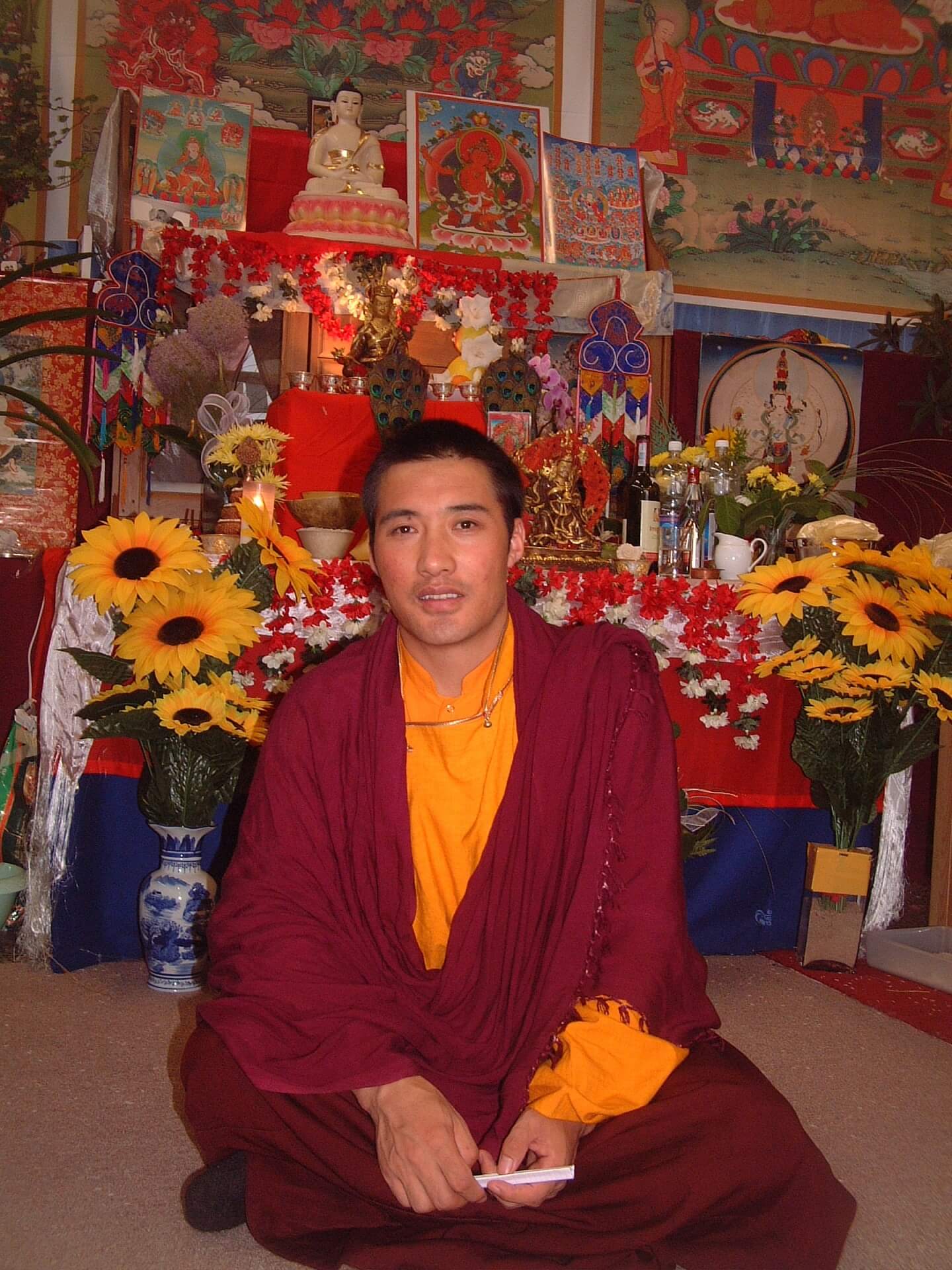
His first teacher was Khenpo Dode. He received teachings from many famous masters such as Khenchen Dawe Oser, Khenpo Tsering Nyima, Khenchen Pentse Rinpoche, Khenchen Tsara Chudrak from Mewa and Khenchen Orgyen Rigdzin as well as from other khenpos of his own generation.
From Tulku Drukpa Rinpoche and Pema Kalzang Rinpoche he received all the empowerments and from Tulku Togden Rinpoche he received all the oral transmissions of the Longchen Nyingthik cycle. From Akyong Togden Rinpoche he received all the Dzogchen instructions of the Longchen Nyingthik which took two summers to complete.
“As a child I was very stressed and nervous , very easily angry. It was really horrible. My father used to say that it was too much, that I would burst of anger for no reason. It was truly a big problem for me and after my anger was gone, I would always regret what I had done under the influence of anger.

But then I received teachings from great masters, tried to meditate on them and practice them. And it changed a lot. We often do not see the change at first, even after a few months or a year it can be difficult to see. But after many years, when you look back at your life, you see that it has changed a lot. For example I can often check my mind now and even when there are difficulties in my life, they do not affect my mind much, I don’t feel stressed, it is not heavy for me.
This shows how the mind can change through Dharma practice.”
He spent most of his holidays to practice. The trip to his homeland was quite long, so he would stay around Dzogchen during short holidays and meditate in caves, or partake in the yearly Pundrub Chenmo drupchens at the Dzogchen monastery. He never missed this drupchen and says, “This drupchen was my favourite….” He also went once for a 15 days powa training in Nagchugn Muka.
“At that time, my mind really changed, became very peaceful, sometimes it was really like a pure land”.. During longer holidays, he would go back to his family in Amdo, where he would also spend 3 or 4 weeks in retreat before going back to the university.
It is during this time of intense studies that Lopön Tsering Gönpo became a good friend of Patrul Rinpoche.
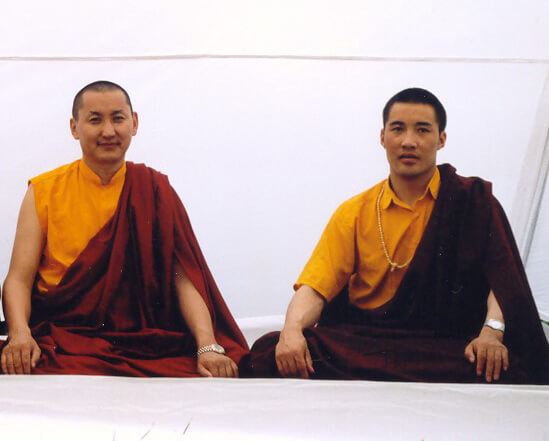
He would sometimes visit him during drupchens or while Rinpoche was staying in a small retreat house above the university. Even though he was not yet recognised as Patrul Rinpoche, villagers and other monks had great respect for him, often praising how special he was.
Lopön Tsering Gönpo then received his khenpo degree (PhD in Buddhist philosophy) and started working as the main secretary for the university. Since there were no computers at the time, the secretary had a lot of work, everything had to be calculated by hand. During his free time, he would teach a beginner course on translation from Sanskrit to Tibetan, as well as grammar, poetry and the 37 Practices of the Bodhisattvas.
After some years, he decided to leave Tibet. His initial wish was to go and visit His Holiness the Dalai Lama in India, but he finally decided to join Patrul Rinpoche in Belgium to help him in his Dharma activities. After staying 8 months in a refugee camp in Belgium, Lopön Tsering Gönpo went to live with Rinpoche and started teaching the growing group of students that was already following Rinpoche.
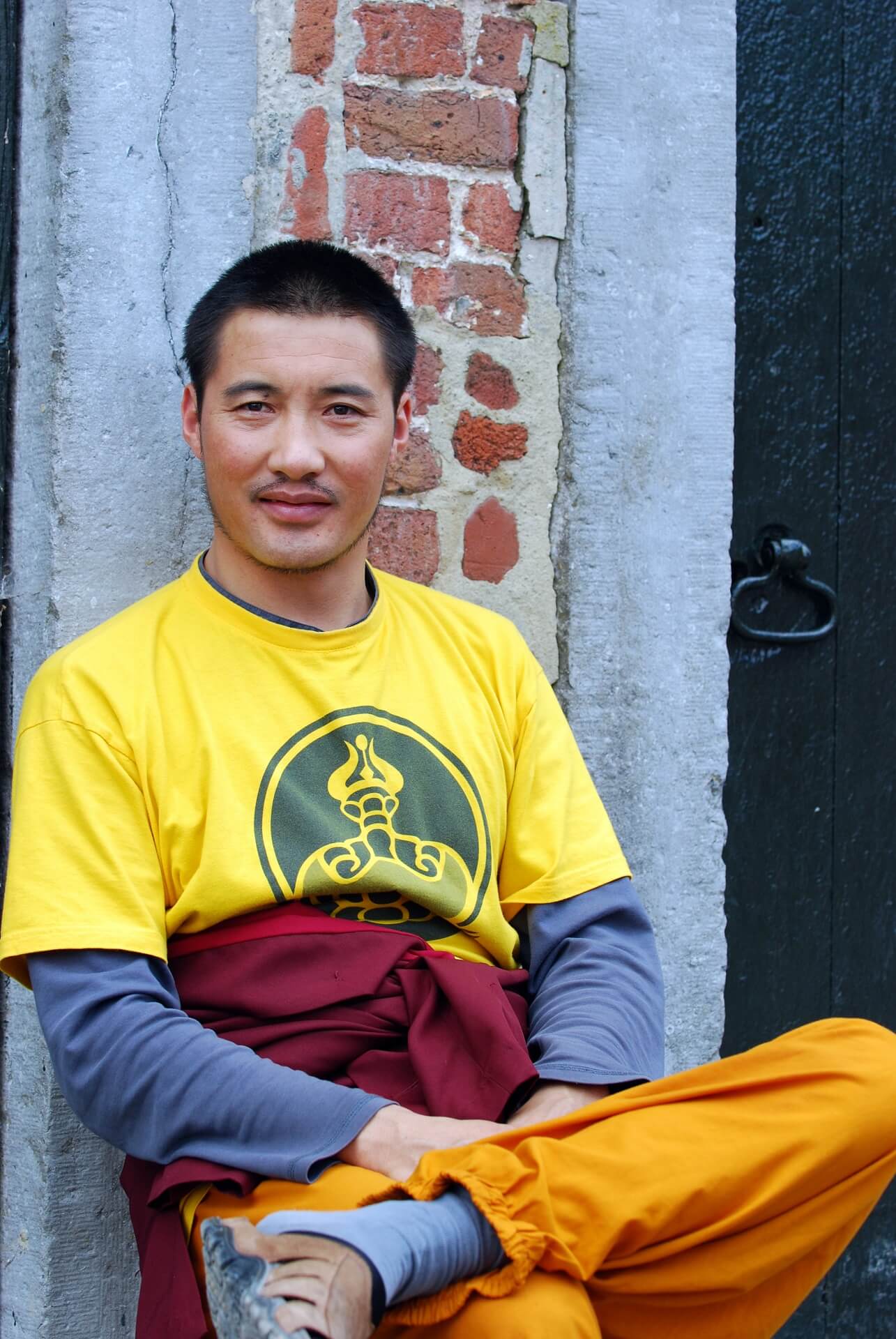
Patrul Rinpoche and Lopön Tsering Gönpo are still very close; they continue to work together to develop Rinpoche’s Dharma activities. “We always talk about our activity. Our activity is growing. We always do something, you can say every day we do something connected to Dharma activities, and we always say that we need to continue.”
“Also, I’m quite happy, because since I was born as a human being, even though I could not do something amazing, at least, with my knowledge and thanks to Patrul Rinpoche, I can help others. Being able to share my knowledge is my greatest happiness. It means I did something really useful in my life. I studied and practiced and now the result is slowly ripening. The fact that I can help someone’s mind is already a result. I am quite happy about my study and practice in this life, and also very happy that it may help others.”
Since his arrival in Belgium, Lopön Tsering Gönpo has been teaching meditation and philosophy in Tibetan and more recently in English. He is the author of Introduction to Meditation. He also contributed to vast projects for the preservation of ancient Tibetan texts, such as the revision and edition of the Kama of Gyalse Zhenpen Thaye and of the Collected Writings of Dza Patrul Rinpoche. Lopön Tsering Gönpo constantly assists the translators of the Sambhota Translation Group by answering questions and clarifying difficult points.

He serves as a review teacher during the summer shedra classes, general Buddhist study courses and winter retreats. He occasionally serves as a main teacher or vajra master.
He holds the position of an assistant vajra master during our yearly drupchens. Since 2006 he has been invited every year by our Japanese Sangha to give teachings and commentaries on various texts.
When asked to give a short advice to Western Buddhist practitioners, Lopön Tsering Gönpo answered the following:
“Since we are Buddhist practitioners, we have to understand that our life is precious, and that we cannot waste it. So, it is very important to keep the connection with Dharma activity day and night. If we keep it far from us for a little too long, then it slowly disappears. We need to keep it very close, as much as we can, day and night. This is my main advice.”
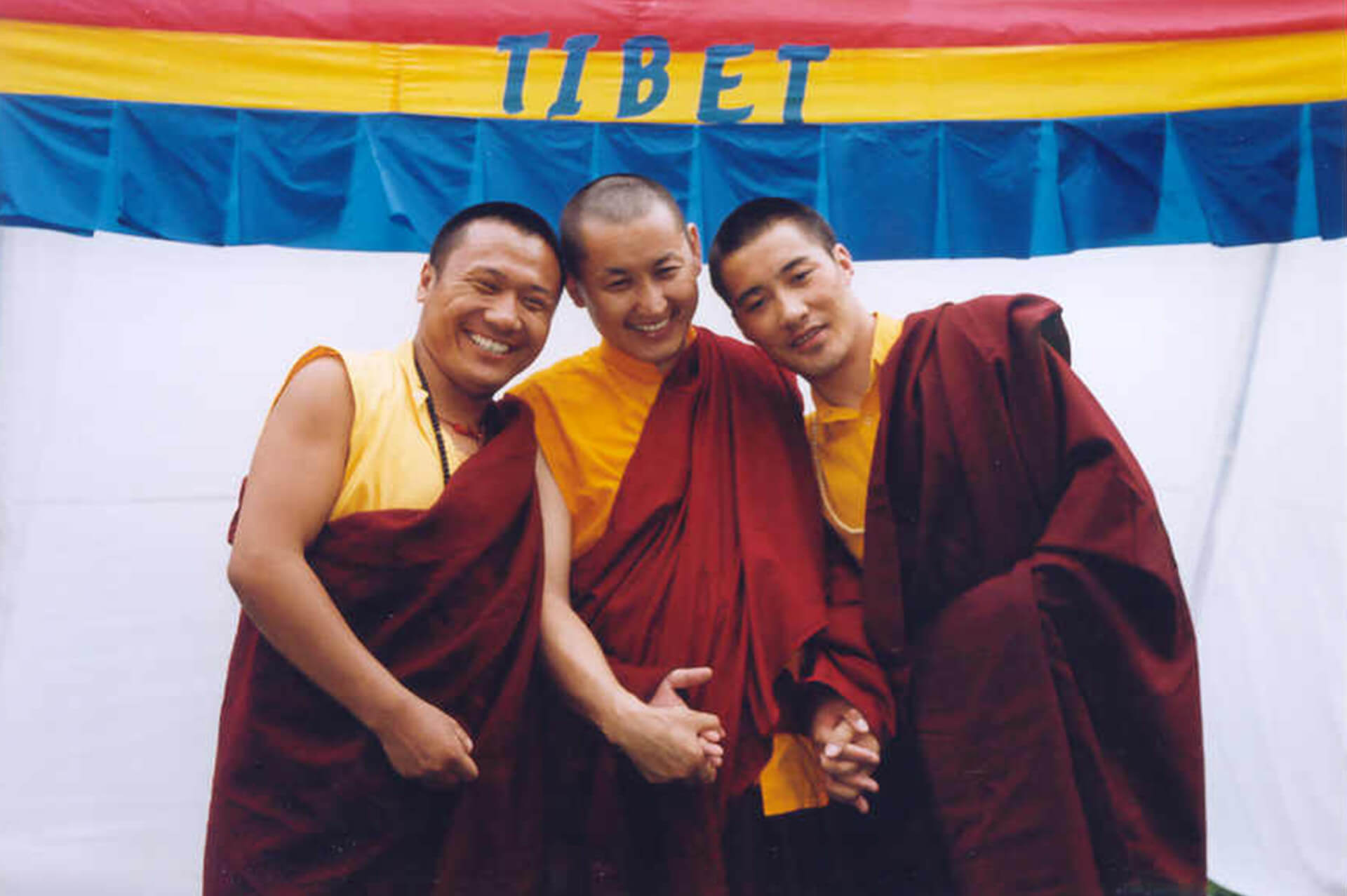
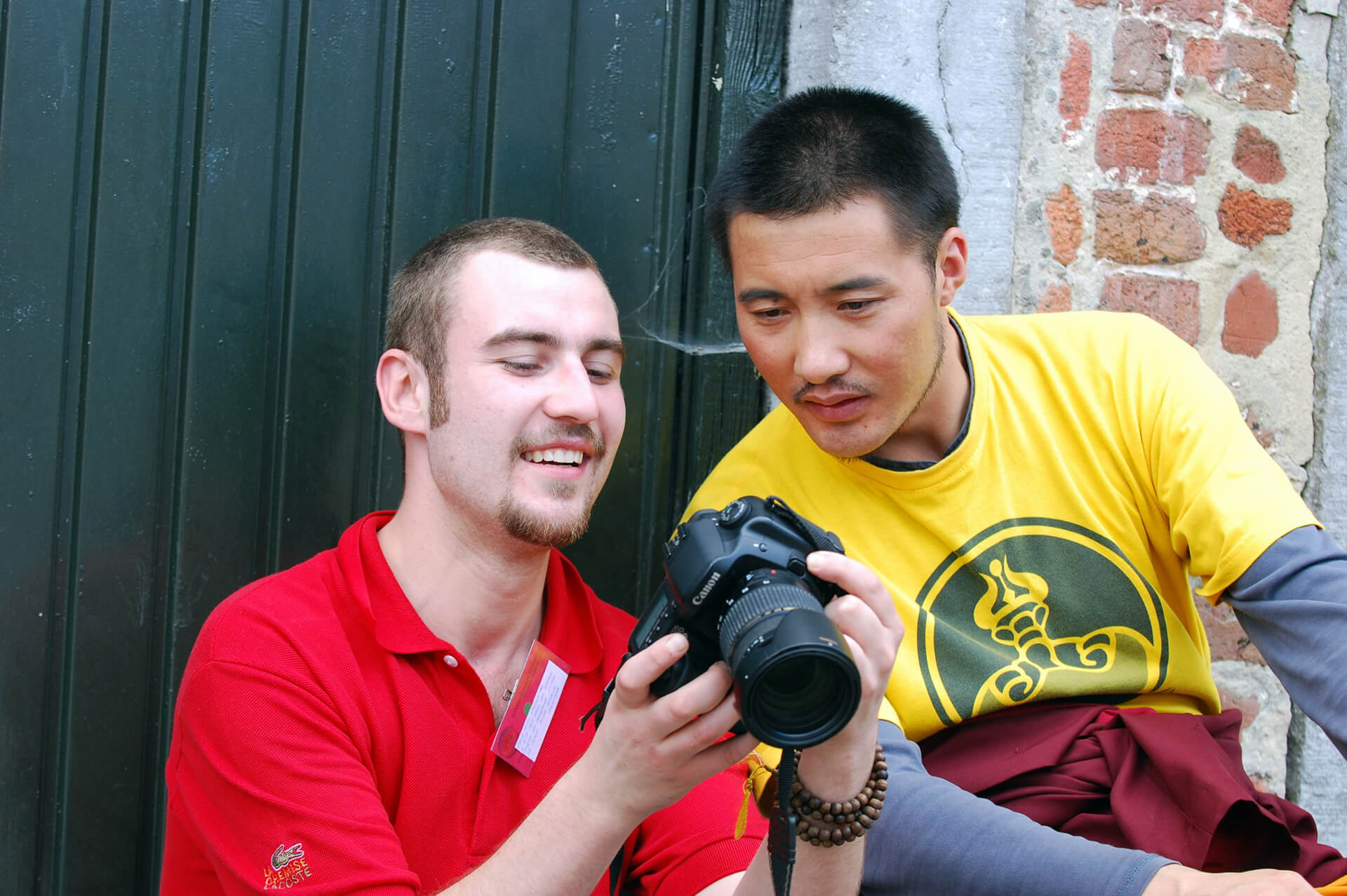
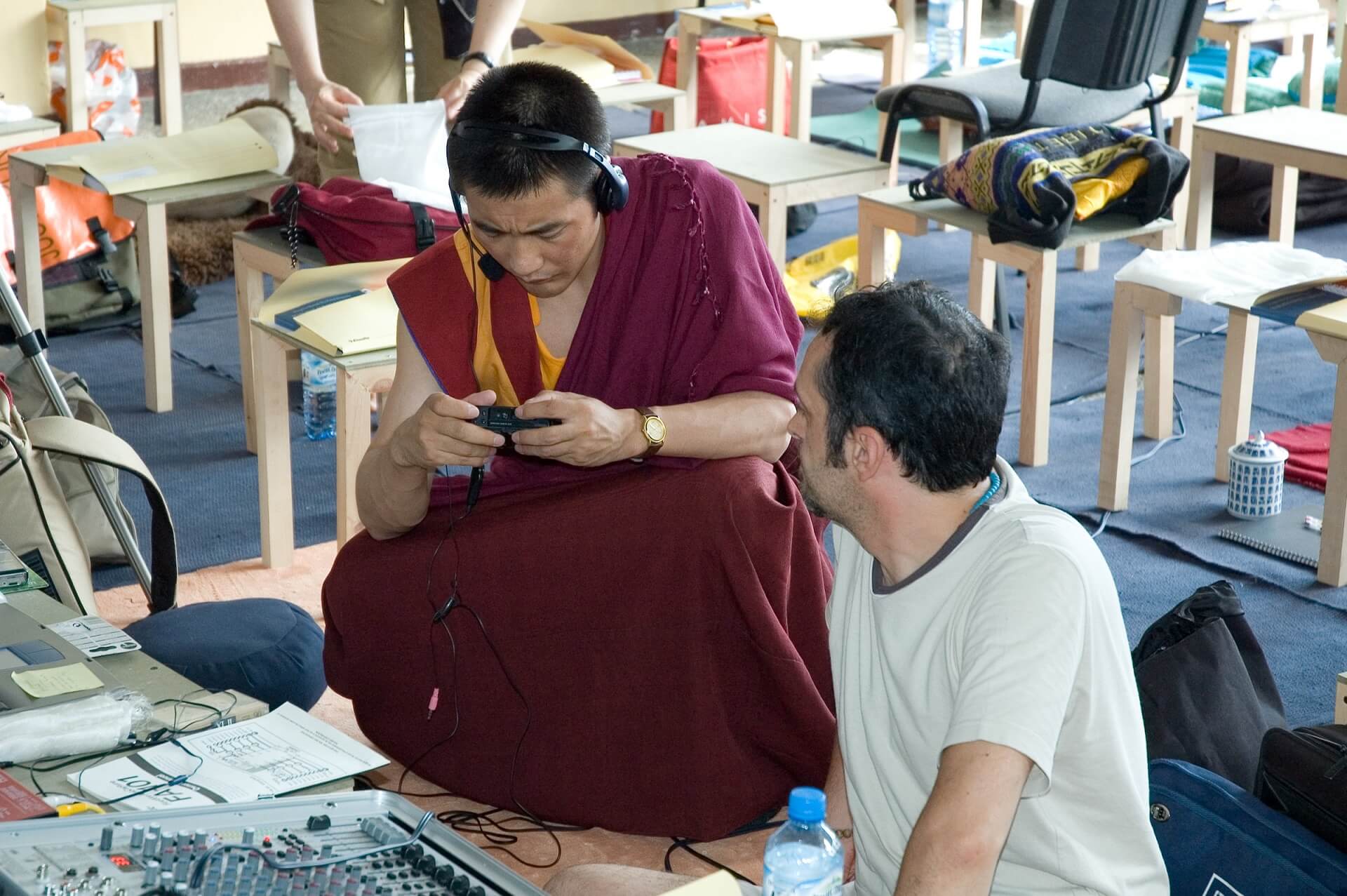
“Then, especially for this lineage, everybody, especially practitioners from the Nyingma tradition, knows that the Longchen Nyingthik is something like the root, or the main lineage; it is very important to keep it. We cannot think ‘whatever happens, it does not matter’. Now, thanks to Patrul Rinpoche we have this precious pure lineage, and we should know that whether we keep it or lose it depends on us. So that is why I think it is very important that you study these teachings precisely, meditate seriously on them and seriously change your mind stream, or your attitude. I think this is the most important thing.”
